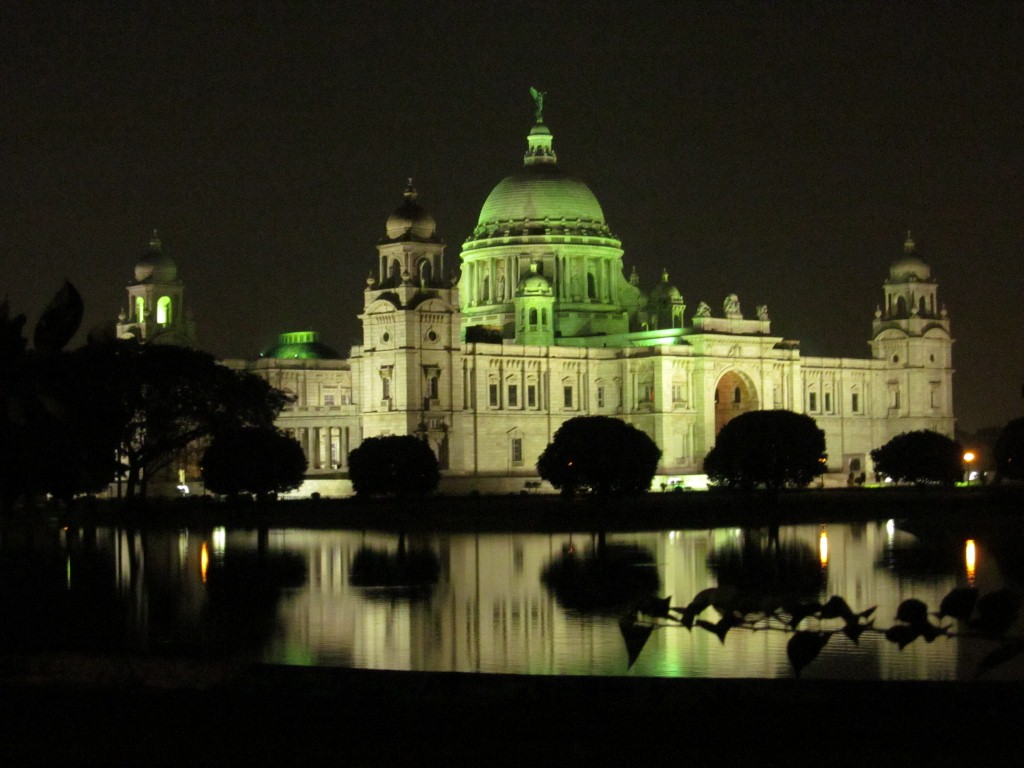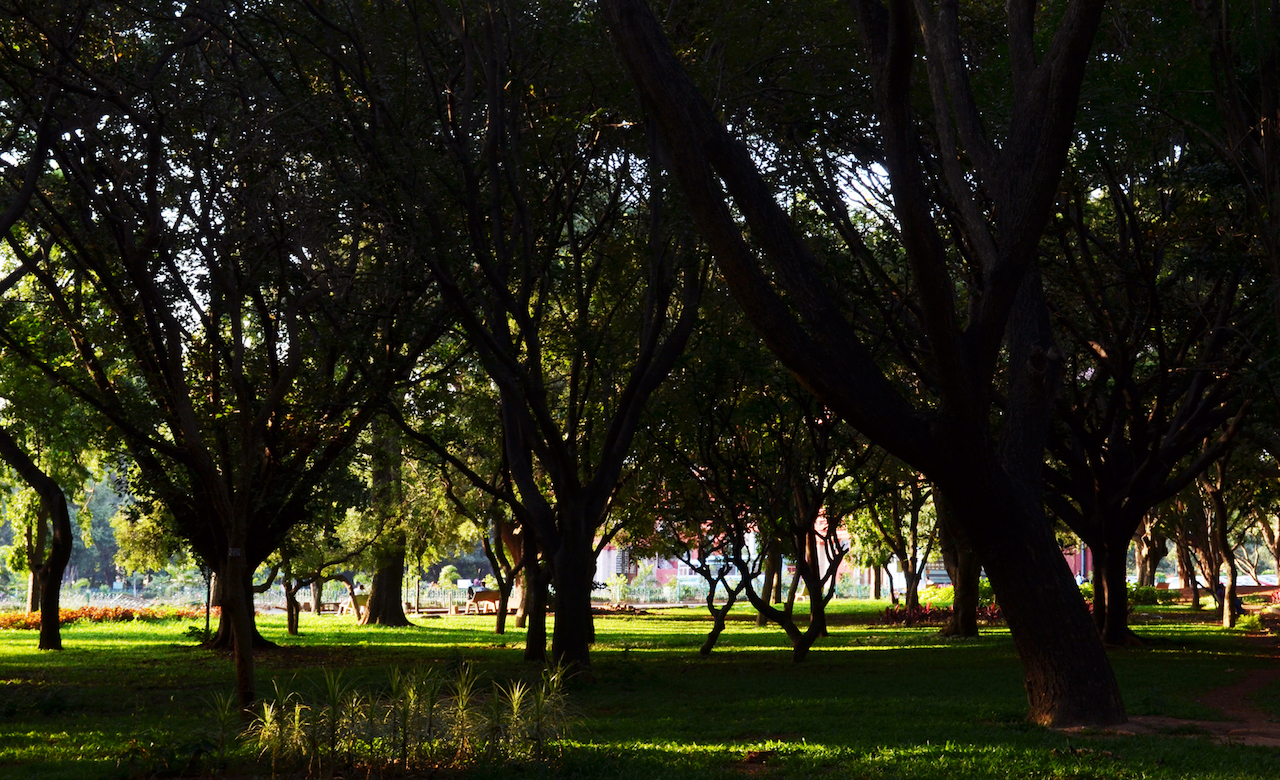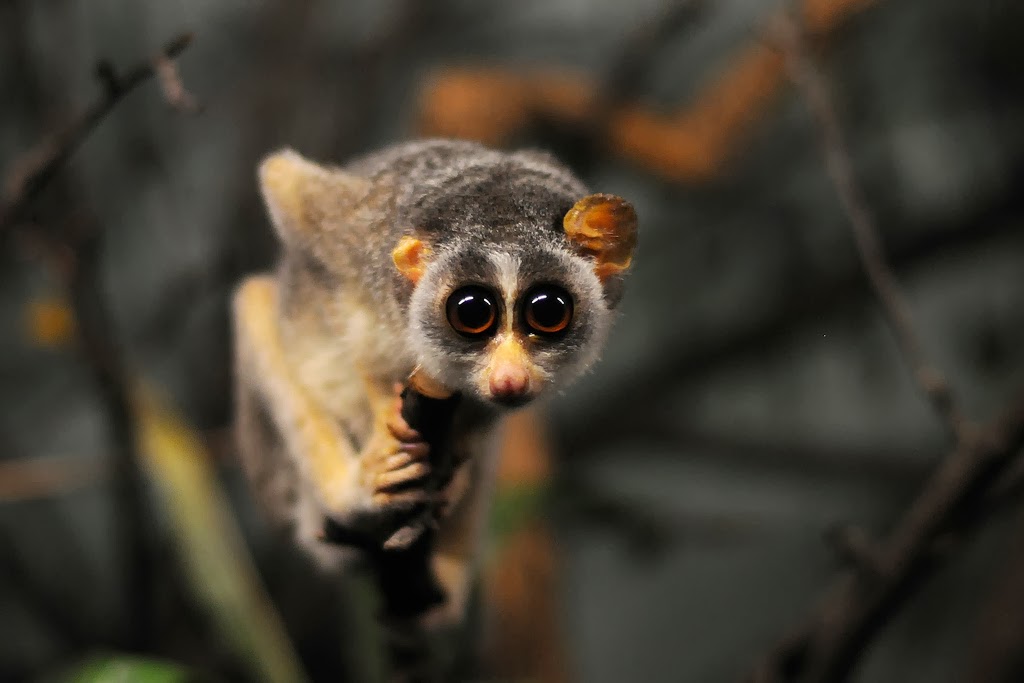The most famous garden in the state is the Brindavan or Vrindavan Garden of Mysore. There was a time in the 60s and 70s where all the songs around the tree were portrayed among the lovers in these gardens, beautifully lit in rainbow colors and fountains bubbling to different heights. These gardens were designed in the Mughal style of the Khalmir Shalimar Gardens. It is in Mandya District and part of Krishnarajasagara Dam is built over the Kaveri River. It is a main attraction of Srirangapatna, the capital of Tipu Sultan Brindavan Gardens, KRS Dam, Mysore
The plan and execution of this garden was started in 1927 and lasted 5 years. The Krishnarajasagar Dam, one of the country’s first dams, was built by engineer Sir Sir Visvesharaya during the reign of Krishnaraja Wodeyar IV, a great lover of gardens and parks. The Maharaja Dewan, Sir Mirza Ismail, designed the enchanting garden. This garden is so popular that it attracts almost 2 million tourists every year.
Brindavan Gardens, Mysore
Just below the dam you can stroll through the beautiful gardens that stretch across 3 terraces on each side of large artificial lakes called the South North Courtyards. All kinds of beautiful flowering trees give the gardens a lot of charm. The garden has carvings of animals created by shaping and cutting shrubs. The pergolas in the shade of vines and gazebos make it a charming place. The musical fountains that light up every evening in the colors of the rainbow break into melodic music and resemble real fairy tales. The gardens include a 75-hectare fruit tree and 2 horticultural farms, Nagavana (30 acres) and Chandravana (5 acres).
Back in Bangalore, the capital of Karnataka is called Garden City. In Bangalore, there are many public gardens that are among the best in the country. You can not separate the Bangalore image from Cubbon Park and Lalbagh.
Lalbagh or the Red Garden is a botanical garden that houses India’s largest collection of tropical plants and has four separate entrances. The garden was originally commissioned by Hyder Ali, the ruler of Mysore, and later supplemented by his son Tipu Sultan. The garden design was imported from Mughal and Tipu trees and plants from many countries. The foundation of his iconic house, modeled on the London Crystal Palace, was laid on November 30, 1898, by Prince Albert Victor. On the two special national holidays, the 26th of January (Republic Day) and the 15th of August (Independence Day), there are two annual flower exhibitions. There is a beautiful little lake where many species of birds live. The gardens, which were created in the 18th century, were the first turf clock in India and the largest collection of rare plants of the subcontinent. The rock with the Kempegowda tower is in the middle and it has a complex irrigation system for irrigation. A geological monument to the formation of peninsula gneiss is also a tourist attraction in the gardens.
Lal Bagh, Bangalore
A visit to the “Janapada Jaatre” in Lalbagh on the second and fourth weekend of the month is a wonderful cultural experience with traditional costumes and musical instruments. This popular fair features folk dances, music and plays from all parts of Karnataka.
The 400-year-old Hebbal Kempapura Lake (1537) was founded by Kempe Gowda and is a bird sanctuary within the city. The Bangalore Bird Watching Club meets here and pictures of more than 350 species of birds have been spotted in this park!
Ulsoor Lake is an important lung area and one of the largest lakes in Bangalore. It stretches over 123 acres and has several islands that make a great backdrop for sunsets and sunrises. It has navigation facilities, a children’s playground and fountains making it a fun destination for family outings.
Cubbon Park, across from Vidhana Soudha, stretches over 300 acres, has beautifully landscaped lawns and flowering trees. Planned and created in 1864 CE, this beautiful wooded place is a paradise for joggers and walkers. The playground offers entertainment and recreation for children. Near Cubbon Park is the Nehru Children’s Park (Bal Bhawan) and the aquarium. A tug-chug train meandering through the area is a popular activity for children and adults.
Do you want to learn more about Cubbon Park?
In Hubli the Indira Gandhi Glass House Garden is a place of fairy tales. Made entirely of glass, it resembles that of Lalbagh Gardens, Bengaluru. The glass house has huge lawns and an ice rink. The flower shows are beautiful. Discover the musical fountain that plays on weekends and holidays.
Garden of the glasshouse, Hubli
Mangalore Lalbagh is located about 3 km north of Hampan Katta. It is a happening in the city with many restaurants and restaurants. The Mangalore City Corporation is here.
In Karnataka, in towns and villages, you will find neat private gardens that are a rush of color. In March, the trees on the streets burst in beautiful flowers and you can see yellow, orange, purple and red flowers lighten the landscape. Roses in this state are something special!



